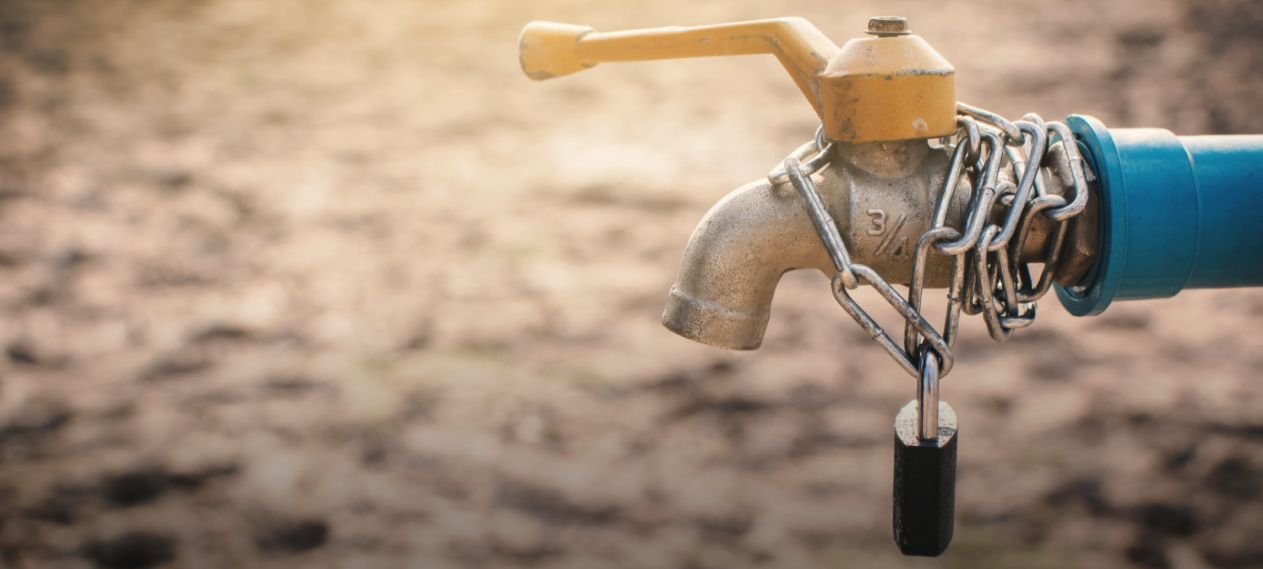Karachi, a coastal city, has grappled with a severe water crisis over the past few years. The city’s water distribution system is not just outdated but also inadequate, having received minimal maintenance. The governance structure is riddled with weaknesses, allowing water theft to occur openly and unhindered.
The Karachi Water and Sewerage Corporation (formerly known as KWSB), responsible for water supply and distribution in the city, has revealed a glaring disparity. Karachi’s demand for water stands at a staggering 1,200 million gallons per day (MGD), but it receives only 550MGD. What’s even more concerning is that over 10% of the 550MGD is lost before it reaches the end-users.
Asadullah Khan, a resident of Baldia Town, lamented, “The infrastructure was built years ago, but it was only operational for two days, never again.” Despite a well-established system, water flow in the area is virtually non-existent. Residents attribute this to individuals at the pumping station who divert water to tankers for sale rather than allowing it to flow through the supply lines.
One potential solution, the Greater Karachi Water Supply Scheme (K-IV), was initiated nearly two decades ago. However, it remains a distant dream, with only 10% of the project completed. As a result, many Karachi residents continue to suffer, particularly those in the southern part of the city, including newly developed areas like the Defence Housing Authority (DHA), where some neighborhoods have never received a water supply to homes.
Read Also: Sindh Teaching License Test, Eligibility, Application Process and Deadline
In recent times, the water situation has deteriorated, affecting even the city’s older, well-established neighborhoods that previously had a steady water supply.
Residents across the city, like Ali Khan in North Nazimabad and Zain in Gulistan-i-Jauhar Block VII, have experienced acute water shortages, with some areas not receiving water for weeks. This has resulted in increased expenses for households and widespread discontent among Karachi’s population.
The K-IV scheme, which was envisioned to alleviate the water crisis, has faced numerous delays and challenges. Even though promises have been made, it has made limited progress, leaving the people of Karachi to rely on unregulated, often unsafe water sources.
An alternative solution that many residents have turned to is the use of shallow wells, which can draw water from near-surface sandy soil. However, this is not a sustainable solution and poses its own set of challenges.
In July 2023, the passage of the Karachi Water and Sewerage Corporation Act, 2023 was seen as a critical step towards addressing these issues. This legislation plays a crucial role in the success of the Karachi Water and Sewage Services Improvement Project (KWSSIP), a 12-year initiative with $1.6 billion in funding from the World Bank, the Asian Infrastructure Investment Bank, and the Sindh government. This project aims to revamp the city’s water infrastructure and provide better management and operational changes.
The new law grants the KWSC more operational autonomy and the authority to subcontract water supply and sewage maintenance services. It also allows the recovery of outstanding dues through agents, streamlining the process and aiding in revenue recovery.
Read Also: IHC Instructs Imran to Seek Special Court for Jail Trial Proceedings
Karachi’s water crisis is a long-standing issue that has worsened over time. While there are efforts to address the problem, many challenges remain to be overcome before the city’s residents can enjoy consistent and safe access to water.


